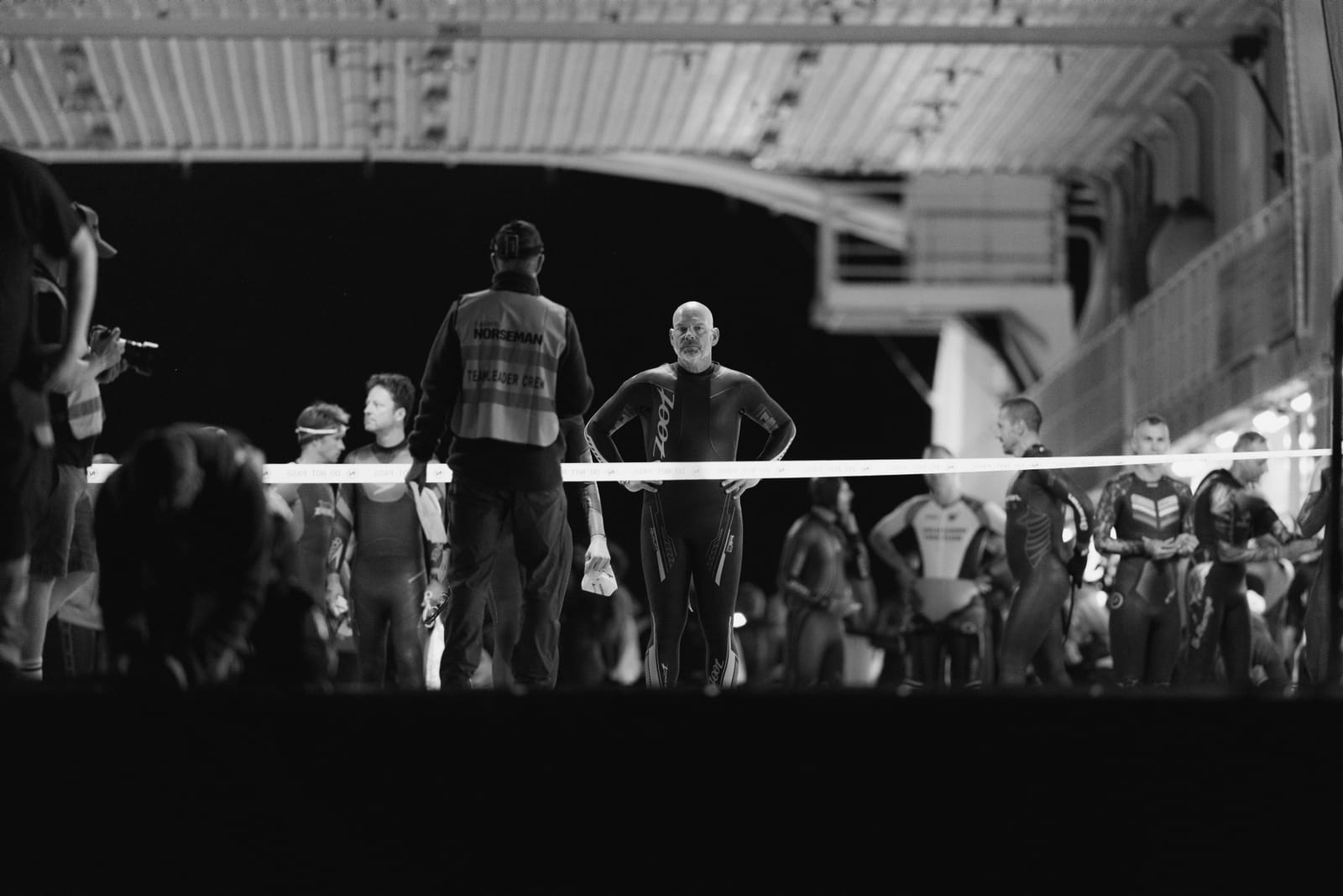Even if you lift relatively light weights you will find that you are quite sore for the next couple of days. More interestingly, if you visit the gym a few times a week for a couple of weeks, you will be surprised at how much more you can lift compared to your first attempt. Does that mean that you have had a dramatic increase in strength over a short period? Effectively the answer would be no. Despite making some very minor strength gains, the reason that you can lift more weight initially is due to your body adapting to the task of lifting the weights. Your body is an amazing thing and adapts very quickly to the stresses under which it is placed.
The initial adaptation that it makes is to recruit muscles at a more appropriate time. When you first lift weights your body, under new stress doesn’t use its muscles in the most efficient manner. This results in small muscle tears and, more importantly as far as the reason for your post-exercise discomfort, strains on your ligaments and tendons. As you continue to exercise at the gym, your brain learns to recruit more muscles in concert and to recruit them at the right time, putting less strain on individual muscles and enabling you to lift greater weights with less effort. This Neuro-muscular training (teaching your brain and muscles to work together more efficiently) is where the initial advance in strength occurs. Beyond this, an athlete also gains strength at a slower rate from the small muscular tears that stressing the muscles results in. These tears heal stronger giving an overall improvement in strength.
Does this mean that triathletes should spend time in the gym to improve their strength? I would suggest “No”. While there are certainly benefits in going to the gym to address specific areas of weakness and to improve general condition, there is very little proof that strength in the gym will carry over to strength in the water, on the bike or on the run. In fact, muscles adapt specifically to the stress under which they are placed. Thus, to improve strength for swimming you should employ resistance training while swimming. Similarly bike and run strength should be addressed through riding and running. While there is a cardio-vascular carry over from different types of training (hence the value of cross-training) the improvement in muscle fitness and strength is not as great. This does not mean that there is no place for weight training in a triathlete’s training diet; however, given the time constraints on most athletes, the time can be better spent improving strength through sport specific activities.
So, how do we approach resistance training for triathlon? The basic idea is to perform the tasks of swimming, cycling and running slowly so that we learn to use our muscles to propel ourselves forward and we eliminate momentum as the main factor in our progress. Firstly, this teaches our body the muscles that need to be used and when they need to be activated for the best result. Secondly, it overloads our muscles so that they develop micro-tears that heal over time giving a stronger muscle. These two factors generally mean that the time spent doing resistance training provides adaptations that are invaluable for improving overall performance in an athlete.
Cycling: the most efficient means of strength training on the bike is to do hill repeats at low cadence. This causes the cyclist to think about each pedal stroke and about which muscles should be recruited when to climb the hill efficiently. The idea is to pedal slowly, thinking about pulling back at the bottom of the pedal stroke to aid the rising foot to come over the top of its’ pedal stroke. The greatest efficiency comes when the torque (turning force) on the pedal is similar throughout the pedal action. This is not easy to do, but striving for it will result in surprising improvements in your cycle strength. For triathletes it is useful to perform the hill repeats in the saddle on the aero-bars with the hands loose and relaxed. This prevents the athlete from using their hands and arms to pull them up the hill. Further, taking the upper body out of the equation also forces the athlete to drive from the hips. The hill repeats can vary in duration from a minute or so to 15 minutes (if the hill is long enough).
The cadence you are looking for will vary, depending upon the athletes cycling history, initial strength and technique. The weaker or less experienced the athlete, the higher the cadence should be. An athlete should be very careful that the necessary base work is in place before attempting this style of strength session as the stress on the body, particularly the knee tendons and ligaments can be quite substantial. With the correct preparation, the correct attitude and technique this style of workout will have a significant impact on a cyclist’s strength and efficiency.
If there is not a convenient hill to do hill repeats on, they can be simulated on flat roads using a high gear, by riding into a strong wind or by setting up the bike on a wind trainer. All will have the same effect of making the cyclists recruit the appropriate muscles slowly and so learn when is the best time to activate them. At the same time the overload on the muscles will help them to get stronger.
A word on weights: Weights can be a useful tool, as mentioned, for improving strength and aiding in correcting any muscular imbalances. For those with time constraints, the best resistance training is sport specific training. However, if you want to do some off-season training or wish to vary the training schedule, then the gym can be a good place to visit. If you are going to do weights, then use free weights where possible as these help with balance as well as with improving strength. You should always start a weights programme by having someone qualified show you the correct method to perform the exercises that you wish to do. A 3-4week period in which you lift light weights with a reasonably high number (10-15) of repetitions is also advisable to allow your body to adapt to the new style of training.
Resistance training, by its very nature, is not easy. It puts the body under a significant amount of stress to encourage useful adaptations. The human body, if properly prepared and given the appropriate stresses, will adapt very well to resistance training. One of the prime considerations when attempting resistance training is recovery. For improvements in strength the athlete must overload the body and then allow the body to recover to gain the most from the training. When embarking upon a strength training block, be smart “more is not necessarily better. Recognise that gradual adaptation through consistent training is the best way to gain the edge over the long term.






